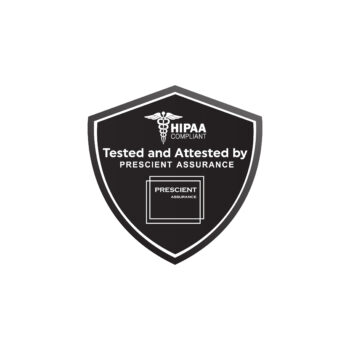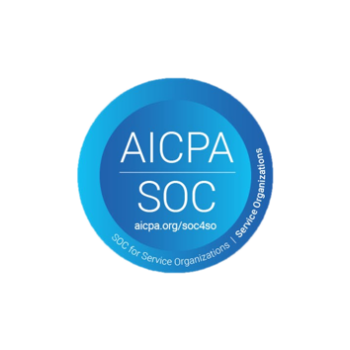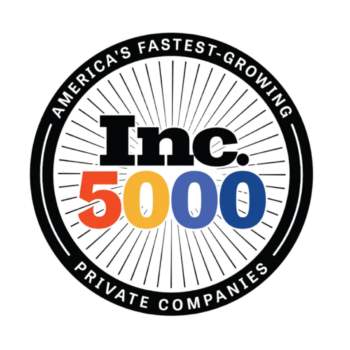It’s a New Year with a fresh outlook and hopefully an uncluttered mind and a great RPA Strategy. RPA made some big headlines and promises in 2018. While many organizations have RPA on their radar, few have made it beyond the “Proof of Concept” phase. I think of this as a very early stage “kick the tires” mode. Maybe try automating 1-2 processes and see whether its worth proceeding.
That being said there are some organizations (generally large) that have developed an RPA business practice with a large “Center of Excellence.” They are fully utilizing the UiPath Orchestrator with 100’s of bots being managed and are automating many areas of their business. In essence they are taking advantage of the scalability of RPA Architecture in 2019.
There are several reasons why there is such a wide gap between both approaches:
- Unfamiliar with the technology.
- Lack of understanding how it can scale and potentially revolutionize their business.
- RPA can be expensive from a start off point. Between the licensing, development and support costs.
- Few RPA Partners available at their price point.
- Lack of knowledgeable RPA resources available.
You put all these reasons together and you can see why some organizations simply can’t wrap their head around RPA and its potential impact. Above all, it is our goal as a full support RPA Partner to help any prospective or current customer to get around through those barriers as well any others to help them on their RPA journey.
That being said, the time is now to develop a RPA Strategy.
There is a huge push to automate repetitive tasks and increase the value of an individual contributor in any organization. Automation can no longer be ignored and will increasingly become a “way to do” business. Therefore, organizations are going to need answers because their competitors will have an Automation/RPA strategy in place.
In a past blog I described how many robots make light work describing how the architecture available today allows an organization or a product team the ability to maximize and control the bots that are running for them. For instance, this makes managing a farm of attended bots that can work with a human or a back office of unattended bots an easier task to undertake. In the past it wasn’t possible and many of the early adopters of RPA were resigned to think of it as a stand-alone technology.
UiPath has provided the infrastructure with its Orchestrator and increasing reliability of its robots to get past this thought process.
In conclusion, organizations need to rethink their preconceptions about RPA. If they are unfamiliar with the technology a POC makes sense. However, it should be followed by a deeper dive into how the it can impact an organizations overall effectiveness. Moreover, it’s essential that a well-defined RPA Strategy becomes part of way organizations are going to remain competitive in 2019 and beyond.
Peter S Camp is the CTO and Founder of CampTek Software. He has been developing RPA Applications for over 15 years. For further questions, discussion or inquiry about CampTek Software Services, contact info@campteksoftware.com.



